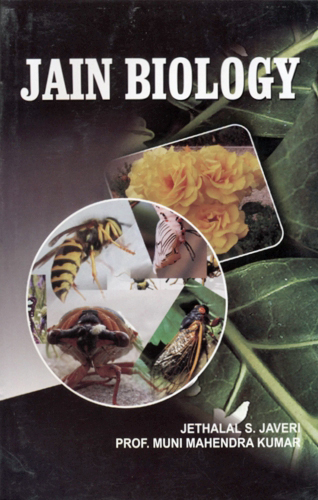The cell is a mass of living substance called protoplasm, bounded by a thin, delicate plasma membrane. The protoplasm of a cell contains a phenomenal number of molecules, organic and inorganic. According to Hofmeister, a rough estimate of the number of molecules in a single liver cell is -
| Proteins | 53,000x10 |
| Lipids | 165,000x10 |
| Small molecules | 2.900,000x 10 |
| Water | 225,000,000x10 |
The chemical constituents of the cell are both inorganic (water and mineral ions) and organic (proteins, nucleic acids, carbohydrates and lipids. Water forms 75 to 85% proteins 10 to 20%, lipids 2 to 3%, carbohydrates 1% and inorganic substances 1%).
1. Proteins are of primary importance to the life of the cell, forming about 80% of the dry mass of an animal cell. They are large and complex molecules, composed of sub-units called amino acids which form the building blocks. There are about 20 different amino acids and their sequence in the long chain, which makes the protein molecule so important that substitution of even one amino acid by another may produce drastic changes in the properties of a protein molecule. The possible number of sequences for amino acids in a protein molecule is really large. Hence, the possible varieties of protein molecules is enormous.[1]
Within a species, various groups of individuals synthesize proteins specific only to themselves and not to others, e.g., each of the four major blood groups in man (A, B, AB, and 0) differ from the others only in its proteins.
Most proteins can he grouped in two main classes:
- Structural proteins are the main Components Of the framework of several cellular structures as cell membranes, chromosomes etc. They provide tensile strength, to the cell structure being in the form of fibrous threads.
- Functional proteins include enzymes and hormones and regulate all metabolic activities occurring inside the cell.
2. Carbohydrates are composed of carbon, hydrogen and oxygen, the last two being in the ratio of 2: 1. Simple sugars, double sugars and multiple sugars are three main types. Starch is a compound of 24 to 26 molecules of glucose (which is itself a simple sugar). It is in this form that carbohydrates are found in plants.
Carbohydrates are the primary source of energy for living organisms. Some are stored as food, starch being the vegetable kingdom's major food storage product. Some form the structural frame work, cellulose being the major structural component in the walls of the plant cells.
3. Lipids (Fats) are the compounds made up of carbon, hydrogen and oxygen but unlike carbohydrates, hydrogen and oxygen are not in the ratio of 2: 1. They are insoluble in water.
Fats are extremely good sources of energy; in animals they form reserve food besides glycogen; hormones which are steroids (a type of fat), regulate several physiological activities of animals.
 Jethalal S. Zaveri
Jethalal S. Zaveri
 Prof. Muni Mahendra Kumar
Prof. Muni Mahendra Kumar

